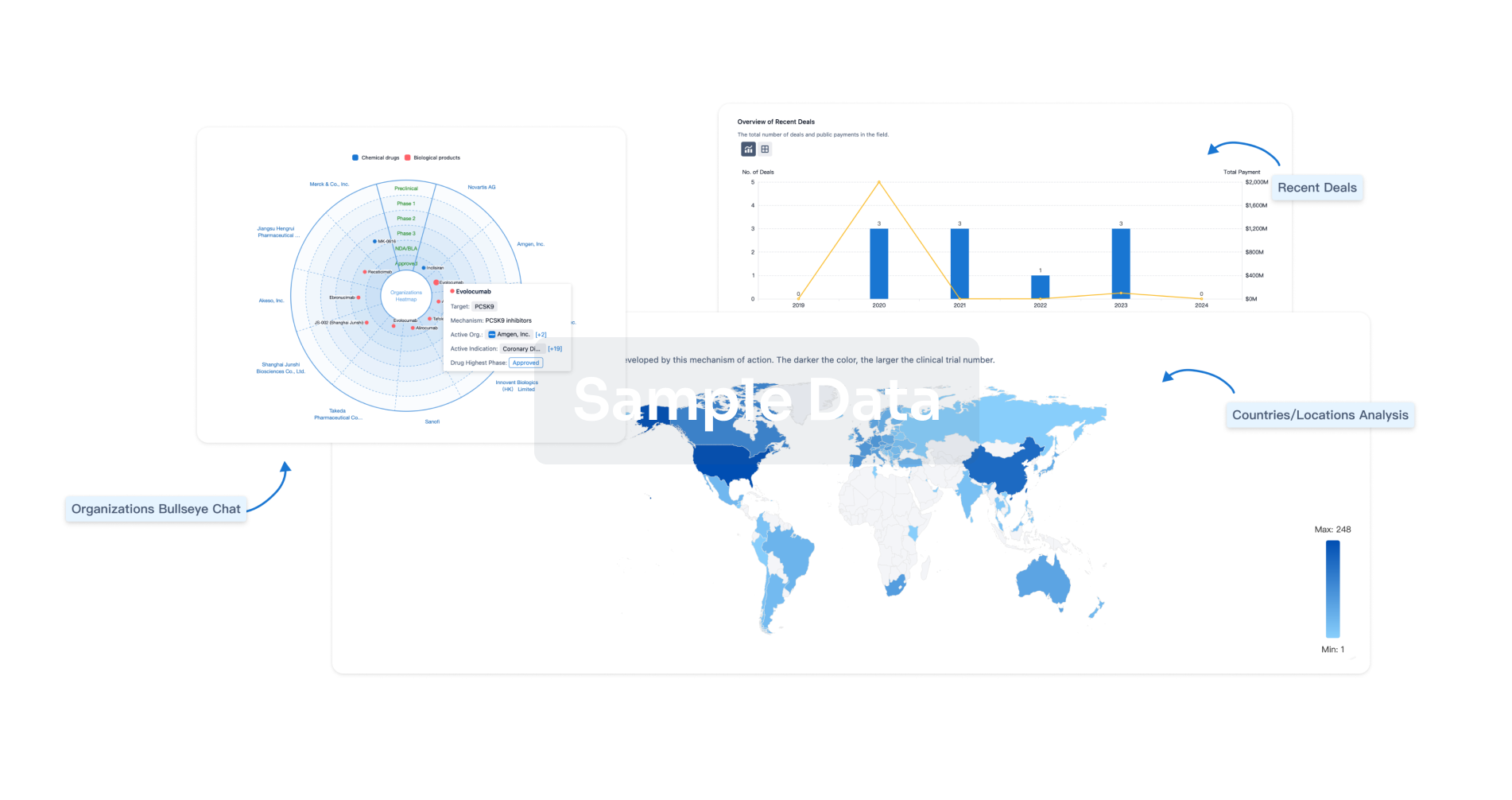Request Demo
Last update 08 May 2025
ZC4H2
Last update 08 May 2025
Basic Info
Synonyms HCA127, Hepatocellular carcinoma-associated antigen 127, KIAA1166 + [6] |
Introduction Plays a role in interneurons differentiation (PubMed:26056227). Involved in neuronal development and in neuromuscular junction formation. |
Related
100 Clinical Results associated with ZC4H2
Login to view more data
100 Translational Medicine associated with ZC4H2
Login to view more data
0 Patents (Medical) associated with ZC4H2
Login to view more data
68
Literatures (Medical) associated with ZC4H201 Apr 2025·Journal of Ethnopharmacology
Network pharmacology-based exploration of the mechanism of Wenweishu granule in treating chronic atrophic gastritis with spleen-stomach cold deficiency syndrome
Article
Author: Jiao, Zhiyong ; Xuan, Zihua ; Gui, Shuangying ; Jin, Cheng ; Jia, Xiaoyi ; Ruan, Qing ; Zheng, Jia ; Huang, Yuzhe ; Yang, Xinyu
01 Jan 2025·Clinical Pediatric Endocrinology
Wieacker–Wolff syndrome with hyperinsulinemic hypoglycemia successfully treated using diazoxide: A case report
Article
Author: Chiba, Yumiko ; Sato, Ayami ; Tanaka, Hiroyuki ; Kobayashi, Satoko ; Kakimoto, Yu ; Kosaki, Kenjiro ; Yamada, Mamiko ; Suzuki, Hisato ; Adachi, Natsuho
01 Sep 2024·Pediatric Neurology
Genotype-Phenotype Correlations and Sex Differences in ZC4H2-Associated Rare Disorder
Article
Author: Bearden, David ; Paciorkowski, Alex ; Nguyen, Ashlie ; Sportiello, Kristen ; Peters, Sydney ; Mandalapu, Shreya ; Carrier, Ryan ; Dickinson, Carolyn
Analysis
Perform a panoramic analysis of this field.
login
or

AI Agents Built for Biopharma Breakthroughs
Accelerate discovery. Empower decisions. Transform outcomes.
Get started for free today!
Accelerate Strategic R&D decision making with Synapse, PatSnap’s AI-powered Connected Innovation Intelligence Platform Built for Life Sciences Professionals.
Start your data trial now!
Synapse data is also accessible to external entities via APIs or data packages. Empower better decisions with the latest in pharmaceutical intelligence.
Bio
Bio Sequences Search & Analysis
Sign up for free
Chemical
Chemical Structures Search & Analysis
Sign up for free